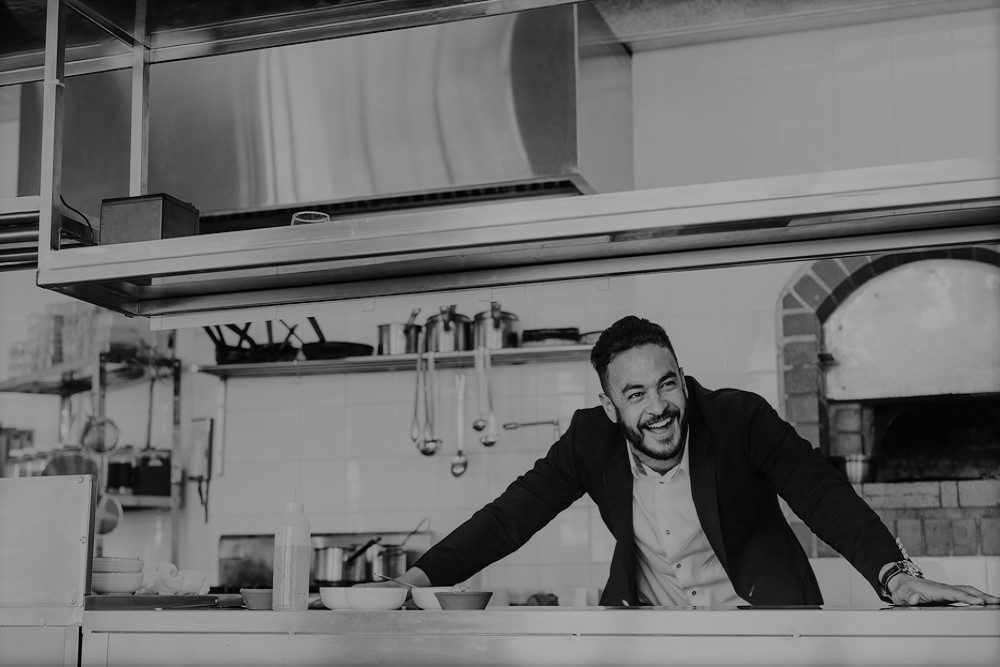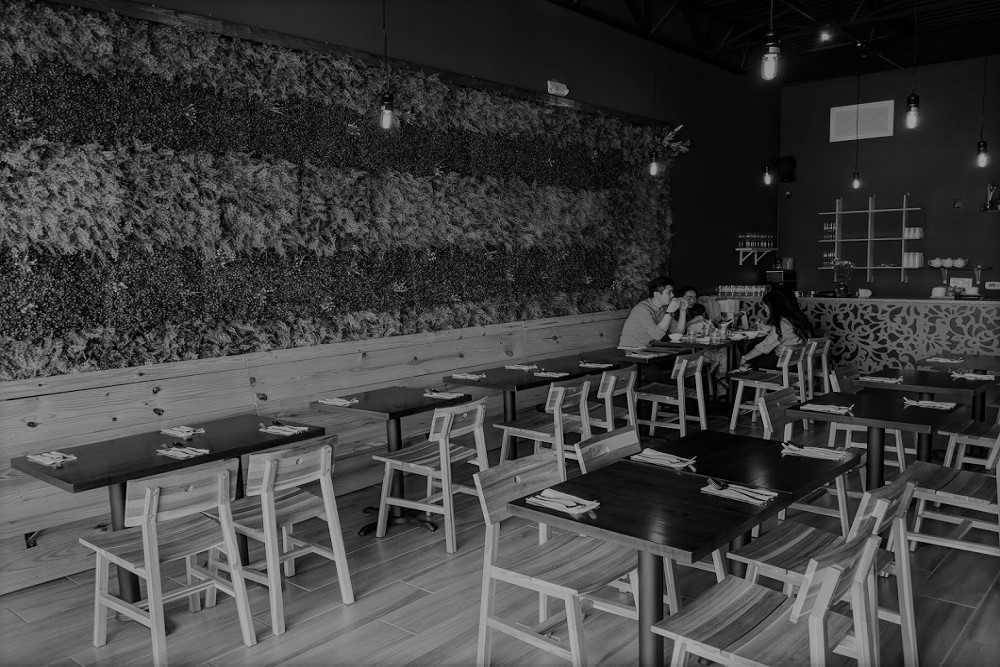9 Ways to Build Your Restaurants Opening Day Team
Originally Posted on FoodableTV – By Doug Radkey 09/06/2016
Your restaurant is only as strong as the team that operates it. It’s no secret — people are everything. They must get the vision and feel the passion for your concept to consistently execute on a day-to-day basis.
It’s best practice to begin interviewing and onboarding your opening day team 5-6 weeks prior to your restaurant’s official opening day so that you ensure having adequate time for administrative duties, orientation, training, and your soft opening.
Before you interview and hire your team, it’s ideal to have a strategy plan in place, along with a staff budget completed not only for training, but also for at least the first 6-12 months of operations.
This strategy plan will also help establish a positive reputation from the start.

Complete Your Value Statement
Walt Disney once said, “When your values are clear to you, making decisions becomes easier!” This couldn’t be more true during the onboarding process. What qualities and characteristics are you looking for in your team that speak to both your personal and business values? Define these values and look for them during the interviewing process to ensure you’re building a team that matches your vision.
Complete Your Culture Statement
Create a balance of education and experience within your team. Create an environment that fosters learning and being innovative. Create a system that involves your staff, rewards your staff, and creates loyalty among your staff. Define how you will recognize your team on a consistent basis and how you plan to be involved within your local community.
Design Your Staff Start-Up Kit
Save confusion, while consistently communicating the same message to all new staff, with an effective operations manual. Create expectations by outlining your training schedule, day-to-day standards, service expectations, and the restaurant’s disciplinary code.
Ensure they initial or sign each page to hold accountability in the future.
Within this kit, also include their staff performance review schedule, a copy of their application, tax forms, banking information, and a copy of any certificates, plus a signed uniform policy, social media policy, cellphone policy, and whatever else you deem necessary.
Know Your Staffing Requirements
Once you know your concept and menu, you need to outline your culinary, service, and mixology team. What positions do you need? What experience must each position hold? Does anyone in your team outline need specific education or training to execute certain product?
How many of each position will you need to deliver a consistent product throughout the week? How will you install a system for growth, innovation, and education? What will happen if someone is sick or on holidays?
Define these questions to build a fundamentally strong kitchen and front-of-house team.
Know Your Traffic Flow
Once you’ve outlined your values, understood your target market, and have defined your concept, you can begin determining your traffic needs. You need to analyze your seating capacity, take-out out-put, average transaction, and average length of stay or delivery time.
Each restaurant will be different, but analyzing your Revenue Per Available Transaction will allow you to determine how many servers, hosts, bartenders, counter staff, and/or other service staff you will need to deliver quick, friendly, consistent, and effective service.
(Note: This also applies to your kitchen team)
Complete Your Wage Structure
Now that you have identified the above, you need to determine wages for each position that correlates with your concept, menu, service style, and budget. Define what their starting wage is and their schedule for wage increments based on performance reviews. How does it correlate with your budget – do any adjustments need to be made to ensure you’re staying below industry benchmarks for staff costs.
Complete a Mock Schedule
Put together a schedule for an average week to determine how many team members you will need to hire to deliver on your service promise. Put each position’s wage into the schedule to calculate approximate staff costs.
Compare these numbers to your projected sales to determine if the percentage fits within the industry’s key performance indicators for staff.
Write Winning Ads
Making your ads stand out in a crowd of others will assist you in receiving the most qualified leads for employment. Tell a short story about the concept and the culture you’re building.
Outline the benefits of working with you and your concept. Be descriptive in the needs and requirements for specific positions. Write out an ad template for each specific position to use as a guideline now and for the future.
Bulletproof Questions
Now that you’re ready to interview, ensure you curate a list of bulletproof questions. Ask questions with meaningful answers. Don’t ask questions that the applicant is prepared for. For best results, conduct your interviews in a relaxed chat platform and look for position specifics in addition to your listed values. Take notes after each interview to cross reference, compare, and rate each applicant to build the strongest opening day team possible.
Completing this strategy plan will allow your restaurant to develop a winning culture and save on staff turnover, administrative costs, and financial hardship, all while protecting your brand from potentially negative reviews from customers.




